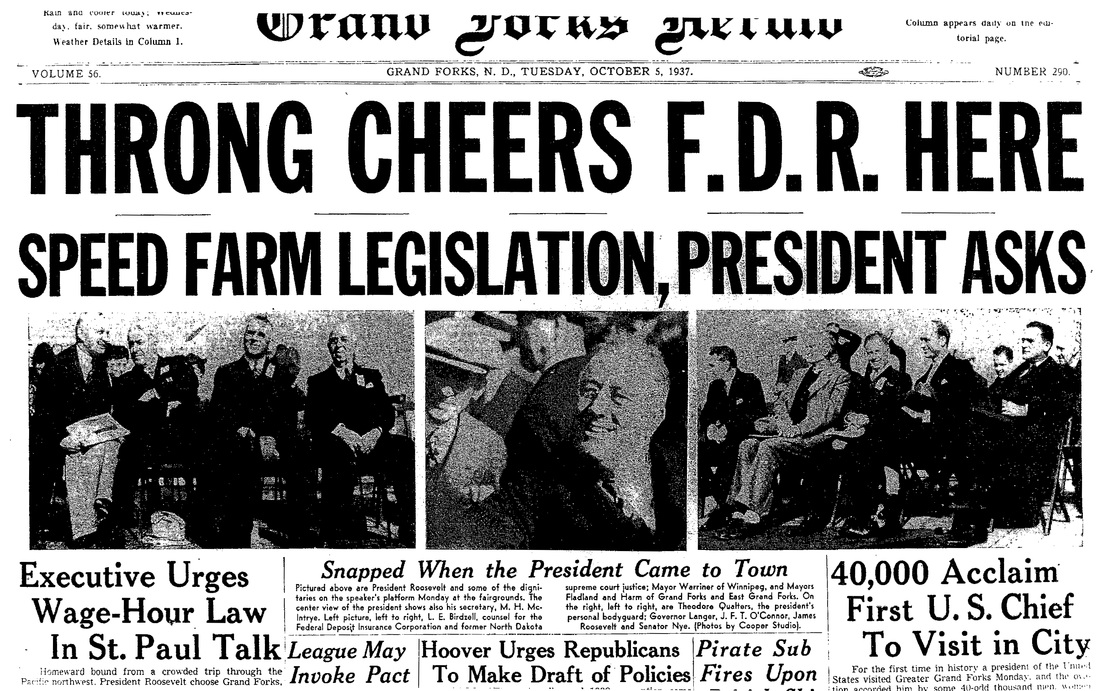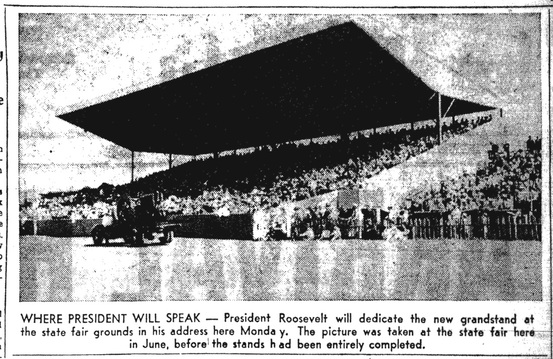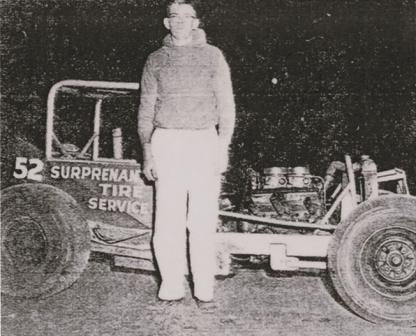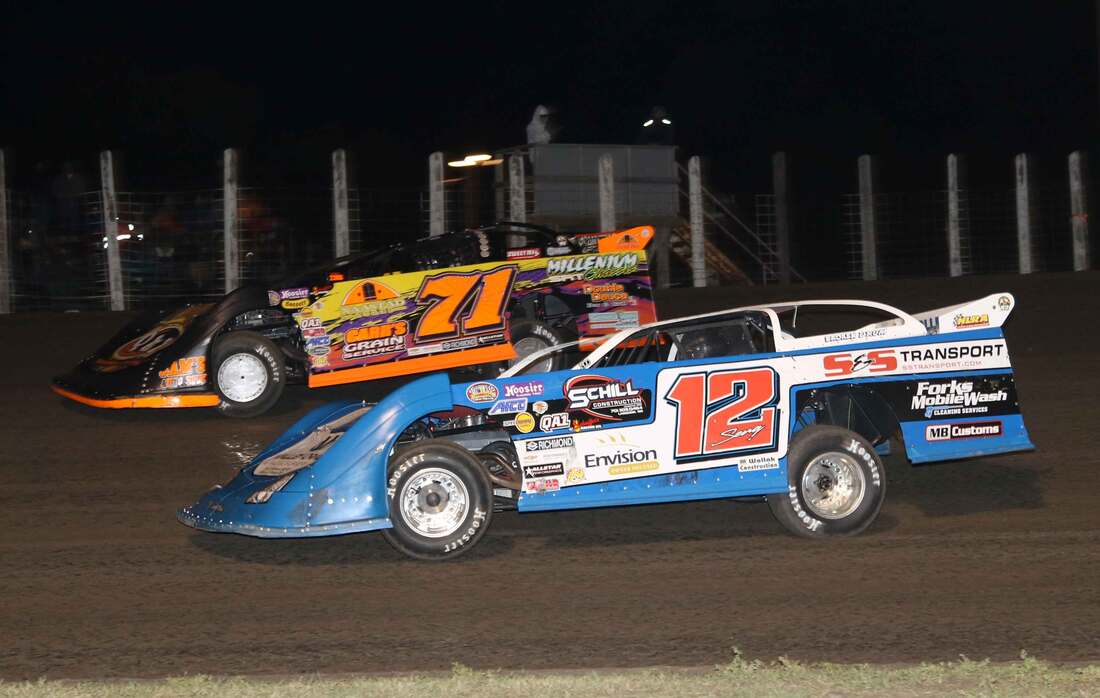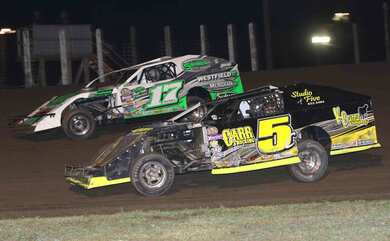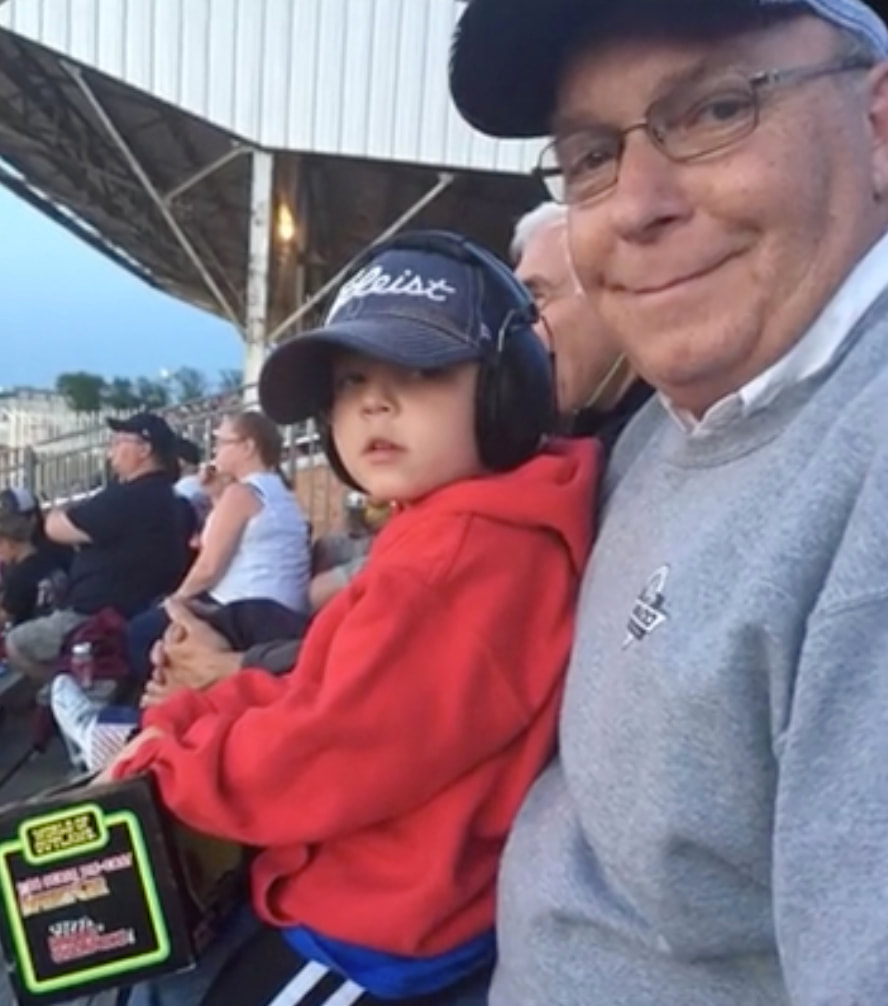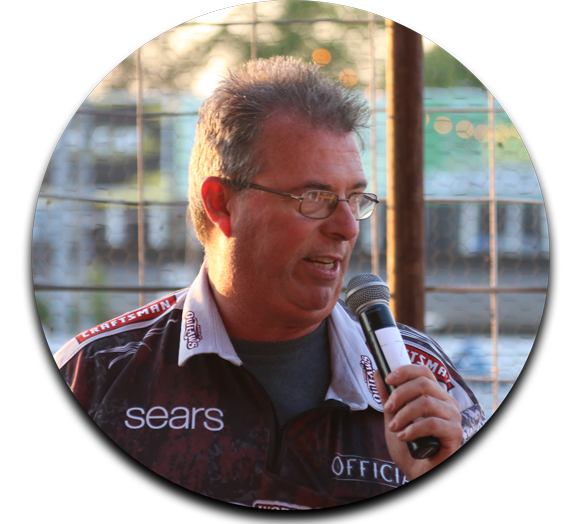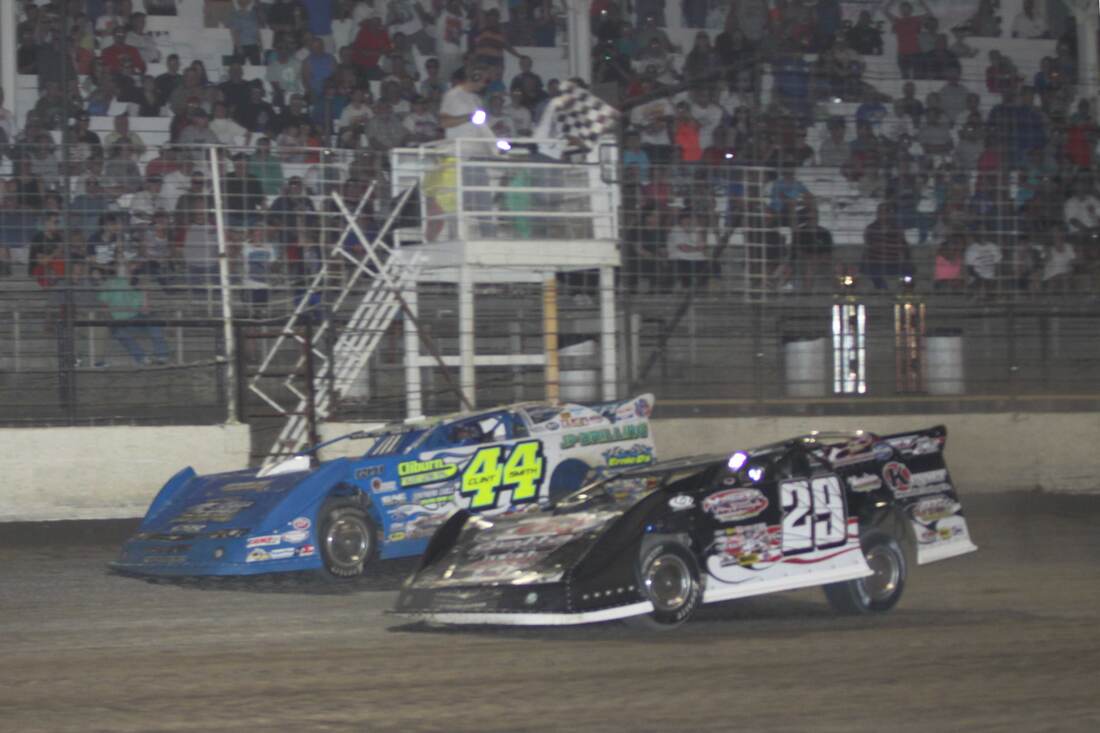HISTORY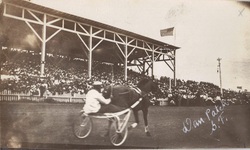
The sport of racing is as old as human history. The competitive spirit has driven men and women to determine the fastest challenger for thousands of years, whether it be on foot, water, snow, horseback, bicycles or with motorized vehicles. Grand Forks Herald founder, George Winship wrote that Grand Forks owes its existence to a flatboat race down the Red River in the late fall of 1870, in which the team of Alexander Griggs came up short to the Winship crew. The result was that Griggs spent the 1870-1871 winter at Grand Forks and subsequently founded the city of Grand Forks.
In 1882 Grand Forks’ first formal racing organization was formed, when the “established set” created the Grand Forks Racing Association to “promote good sportsmanship on the turf.” Their race track was located at Eshleman Park west of town on the present site of UND’s Memorial Stadium. Soon the track was shared by the Polo Club, the Driving Club, and the Trotting Association. The races were a popular diversion for local townspeople during the summer months. UND President Webster Merrifield had reservations about the appropriateness of allowing racing in such close proximity to the university campus, however. He feared that students would be negatively influenced by gambling which often accompanied the horse races. 
Eshleman Park hosted the first fair in Grand Forks which took place in September of 1886, utilizing the inner oval of the half mile race track for exhibit buildings, food vendors and gaming. Over 11,000 people attended the fair. In 1887 and 1888, Grand Forks hosted the official Territorial Fairs and later hosted the early North Dakota State Fairs as well. The association of state and county fairs with racing continues to this day.
The present Grand Forks County Fairgrounds opened in 1903 on land purchased from the D.A. Dinnie Farm. Among the many attractions offered by the 1903 Red River Valley Exposition, were horse races and a two mile automobile race. The magnificent Exhibit Building, designed by Joseph Bell DeRemer, was dedicated on July 20th 1909. The occasion was distinguished by the appearance of the greatest trotters of the day, Dan Patch and Minor Heir. Dan Patch and Minor Heir put on an exhibition race in which Minor Heir nosed out the victory on the last stride of the race. Their popularity was so enormous that four national guardsmen were assigned to guard the famous horses. In time automobiles and motorcycles replaced horses on the half mile race track. In 1925 a fatal crash killed two spectators and injured five others, though the driver was unhurt. The result of this accident was the revocation of the North Dakota State Fair Association’s charter. In November of 1925 the Grand Forks State Fair Association was formed which governed the races in Grand Forks for the next twenty seven years. Grand Forks’ racing facilities received a boost with the construction of a new grandstand in 1937. The project was one of several WPA (Works Progress Administration) projects that served the local community. President Franklin D. Roosevelt delivered the dedication speech in person on October 4th 1937 before a crowd estimated at approximately 20,000. Amazed at the turnout, Roosevelt drew a huge applause when he remarked that perhaps he should have had the grandstand made even larger.
In the late 1950s the half mile track was converted to a quarter mile track. This change affected the way race cars were driven due to the fact that the smaller oval didn’t allow much time for shifting gears, therefore racers kept their engines revved up in high gear.
The first races run on the quarter mile started from a standing start, spraying dirt and dust as the cars took off. Soon two classes of races were created; the Super Modified (the precursors to sprint cars) and Class C cars which were a hobby class. In the 1970s the hobby cars came to be known as “Streets,” the Late Model class was added as well as the ever-popular Sprint Cars.
In 1999 the Grand Forks Speedway became “River Cities Speedway.” Today’s racers compete in the following classifications: NOSA Outlaw Sprints, NLRA Late Models, Wissota Midwest Modifieds and Wissota Street Stocks. The following information is taken from the River Cities Speedway website: River Cities Speedway is one of the few tracks in the Midwest that runs a 410 Outlaw Sprint Car division AND a NLRA Late Model division on a weekly basis throughout the racing season. In fact, River Cities Speedway is the only track in North Dakota to do so. The next closest track that runs a 410 Sprint Car division is Jackson Motorplex in southern Minnesota and Knoxville Raceway in southern Iowa. That is why our weekly program is referred to as a "Premier Racing Series". You won't find better dirt track racing anywhere else! Spend your Friday nights at River Cities Speedway! You won't be disappointed!
On April 21st, 2009, the Grand Forks County Fairgrounds, WPA Stone Structures and Grandstand were placed on the National Register of Historic Places by the United States Department of the Interior. The preservation of these historic structures reminds us of the Fairgrounds’ importance to the residents of Grand Forks County, and racing fans in particular, throughout our history. Local interest in racing continues to grow every year. The grandstands fill up quickly on Friday nights from April through September (weather permitting) as race fans gather to cheer on their favorite drivers. Come see what all of the fuss is about, get your tickets and we’ll see you at the speedway! “Grand Forks Racing History” Courtesy of the Grand Forks County Historical Society |
TestimonialsJohnny Gibson
|
|
WHATS HAPPENING
|
THE BULLRING
|
THE TRACK
|
River Cities Speedway
Physical Address: 2300 Gateway Dr Grand Forks ND 58203 Mailing Address: 216 4th St. NW East Grand Forks, MN 56721 |
1999 - 2023 © All Rights Reserved | River Cities Speedway | 701-780-0999 Website by: www.RickRea.com







